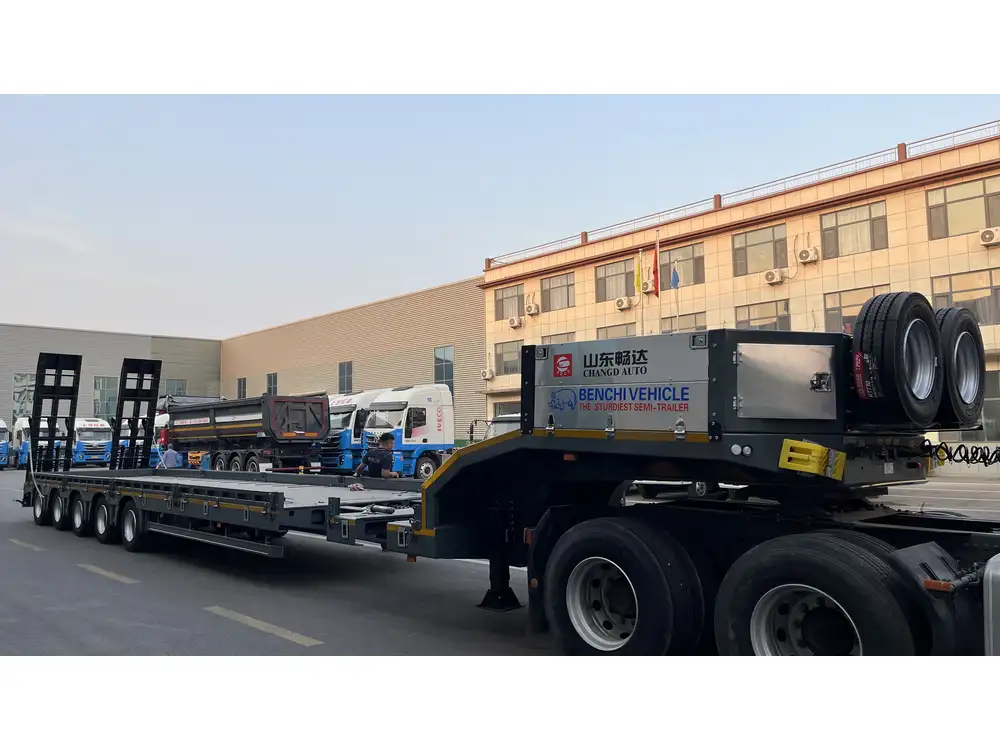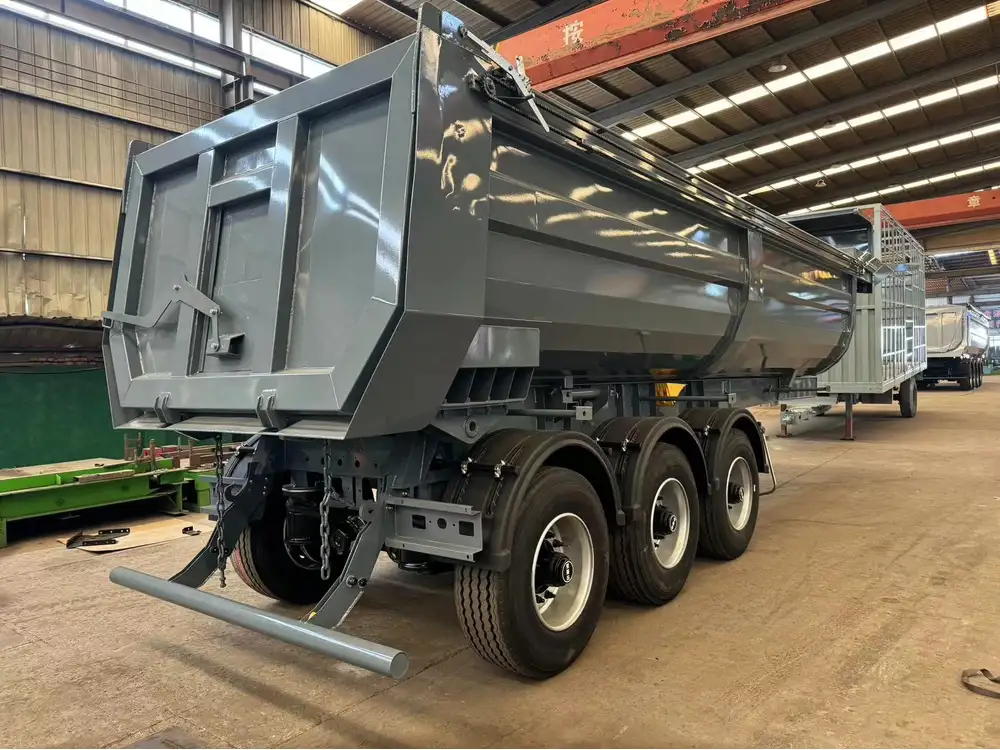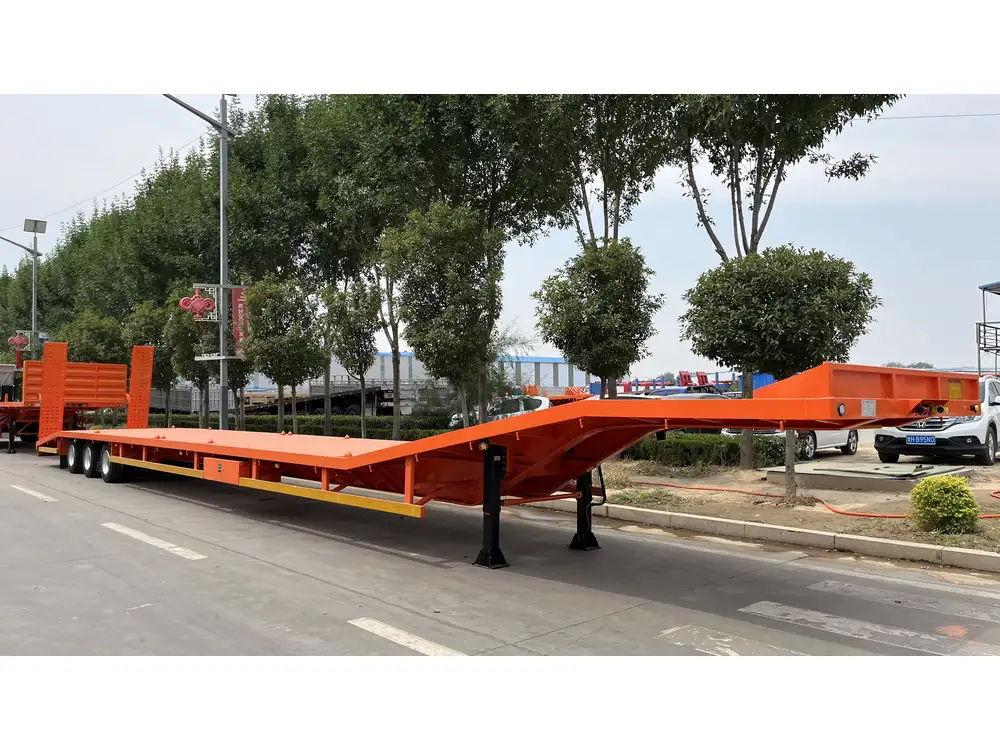Managing the black tank of your RV trailer can feel like a daunting task for both seasoned RV enthusiasts and first-time travelers. Understanding how to handle this vital component of RV life is crucial for maintaining hygiene, comfort, and overall enjoyment on the road. Our detailed guide will illuminate the process of taking out and emptying the black tank, enabling you to do so efficiently and safely.
Table of Contents
- Understanding the RV Black Tank
- Essential Tools for Black Tank Maintenance
- Step-by-Step Guide to Emptying the Black Tank
- Common Mistakes to Avoid
- Signs Your Black Tank Needs Immediate Attention
- Best Practices for Black Tank Cleaning
- FAQs About RV Black Tank Maintenance
- Conclusion
Understanding the RV Black Tank
The black tank holds waste from the RV’s toilet. Unlike the gray water tank, which collects waste from sinks and showers, the black tank stores human waste and toilet paper. The tank’s capacity typically ranges from 20 to 40 gallons, depending on the size of the RV. Understanding its components—such as the valve, the tank itself, and the outlet—is crucial before embarking on the emptying process. Moreover, recognizing the importance of regular maintenance will prevent unwanted odors and blockages.

Key Components of the Black Tank
- Valves: Control the opening and closure of the tank’s outlet.
- Tank Level Sensors: Gauge the amount of waste in the tank.
- Toilet Interface: Connects the toilet unit directly to the black tank.
Essential Tools for Black Tank Maintenance
| Before diving into the black tank maintenance process, arm yourself with the essential tools, making the operation smooth and safe: | Tool | Purpose |
|---|---|---|
| Gloves | Protect hands from germs and waste. | |
| Protective eyewear | Shield eyes from splashes. | |
| Hose | Transfer liquid waste to the dump station. | |
| Wrench | Tighten connections and fittings if necessary. | |
| Holding tank cleaner | Break down waste for easier removal. | |
| Services fluid | Maintain proper function of the tank throughout its lifespan. |
Step-by-Step Guide to Emptying the Black Tank
Preparing to empty your black tank involves several steps that must be followed meticulously to ensure a successful and sanitary process.

Step 1: Preparation
- Choose the Right Location: Opt for an RV dump station or service area designed for this task.
- Gather Supplies: Ensure all necessary tools and equipment are ready before you start.
- Check Tank Levels: Use the tank level sensors to confirm it is time to empty the black tank.
Step 2: Safety First
- Put on Protective Gear: Don gloves and protective eyewear to safeguard from splashes.
- Prepare the Hose: Ensure that your sewer hose is clean and intact, with no leaks.
Step 3: Connect to the Dump Station
- Position the RV: Align your RV so that the tank outlet is positioned directly over the dump station’s sewer inlet.
- Attach the Sewer Hose: Securely connect one end of the sewer hose to the RV’s black tank outlet and the other end to the dump station.

Step 4: Empty the Tank
- Open the Black Tank Valve: Slowly open the valve allowing the waste to flow into the dump station.
- Monitor the Process: Watch for a steady stream, confirming the tank is emptying correctly.
Step 5: Flush the Tank
- Close the Black Tank Valve: Once the flow reduces to a trickle, close the valve.
- Flush With Water: Using the flush hose, add fresh water to the tank, enabling it to rinse. Repeat this step a couple of times.
Step 6: Clean Up
- Disconnect the Hose: Once the tank is fully emptied and flushed, carefully remove the sewer hose.
- Store the Equipment: Clean and properly store the sewer hose and other tools.
- Wash Your Hands: Always wash your hands thoroughly after the process.

Common Mistakes to Avoid
Avoiding these common mistakes can save you from a significant mess and ensure a more straightforward maintenance routine:
- Neglecting Regular Maintenance: Letting the black tank fill too high can lead to blockages.
- Using the Wrong Chemicals: Aggressive chemicals can damage the tank and plumbing.
- Not Flushing Properly: Failure to flush entirely can result in odors and buildup.
Signs Your Black Tank Needs Immediate Attention
Being aware of certain warning signs can aid in timely intervention:
Foul Odors: This is a primary indicator. If you notice an unpleasant smell inside or outside the RV, check the black tank.
Incorrect Sensor Readings: If the sensors indicate a full tank when it is empty, cleaning the sensors or inspecting the tank may be necessary.
Slow Drainage: If wastewater is draining slowly, it may signal a clog.
Unexplained Changes in Toilet Function: Difficulty flushing or unusual noises from the toilet can indicate a problem in the black tank or the plumbing.
Best Practices for Black Tank Cleaning
Encourage long-term health for your black tank with these effective practices:
Use Quality Holding Tank Treatments: Choose enzymes or bacteria-based treatments to assist in breaking down waste.
Regularly Monitor Levels: Keep tabs on the tank levels to avoid overflow and enhance the longevity of the system.
Consistent Flushing: Adopt a routine of flushing the black tank after every dump to prevent waste residue accumulation.
Educate Users: If you have more than one person using the RV toilet, ensure they understand what cannot be disposed of in the black tank.

FAQs About RV Black Tank Maintenance
What can go into a black tank?
Only human waste and approved toilet paper should be disposed of in the black tank. Never dispose of any chemicals, wipes, or non-biodegradable items.
How often should I empty my black tank?
This depends on usage, but generally, it’s advisable to empty the black tank every 3 to 7 days, when it’s a third full, or before embarking on long trips.

Can I use a garden hose to flush my black tank?
No, a garden hose is not equipped for waste disposal and can cause contamination. Always use a dedicated sanitation hose.
What should I do if my black tank sensor is stuck?
You can attempt to clean the sensors using a specialized holding tank cleaning solution or consult a professional if issues persist.
Conclusion
Taking care of your RV’s black tank need not be a daunting challenge. By understanding the black tank’s purpose, utilizing the right tools, and following a systematic approach to maintenance, you can ensure the process is swift, safe, and effective. With this comprehensive guide, you’ll find the confidence to manage your RV trailer’s black tank like a pro, paving the way for countless enjoyable journeys ahead. Remember, proper maintenance not only enhances your RV experience but also contributes to a hygienic and pleasant atmosphere aboard.



